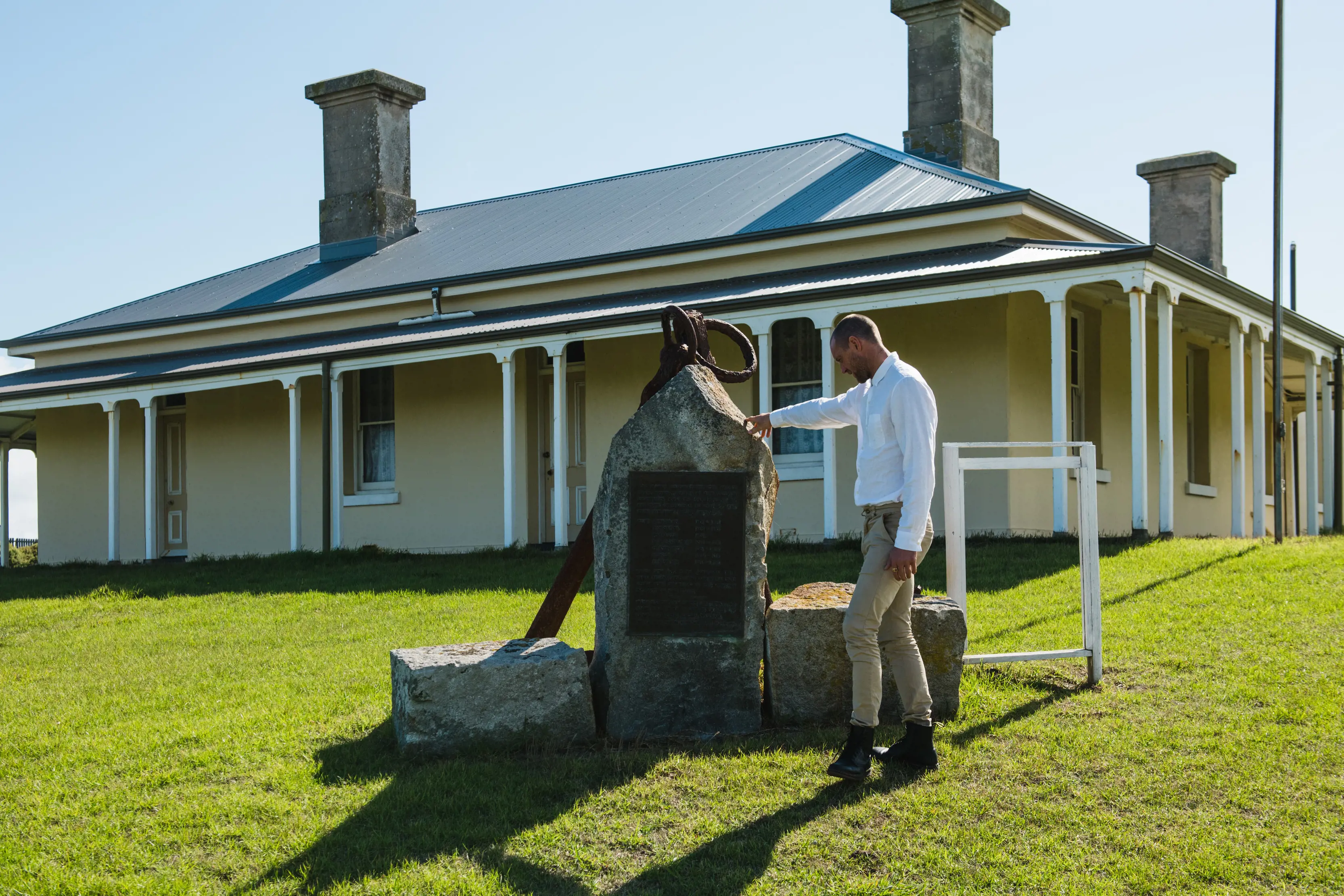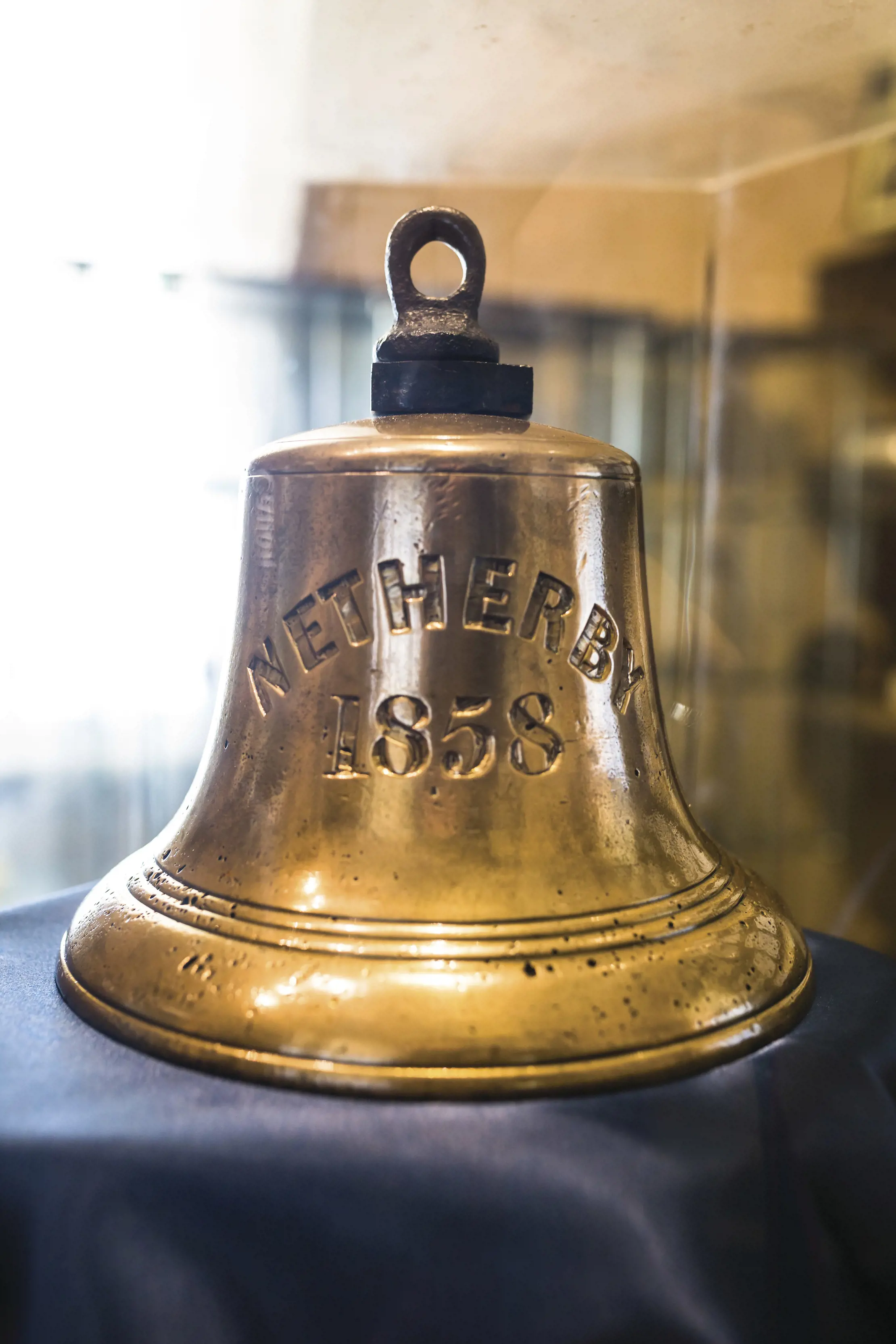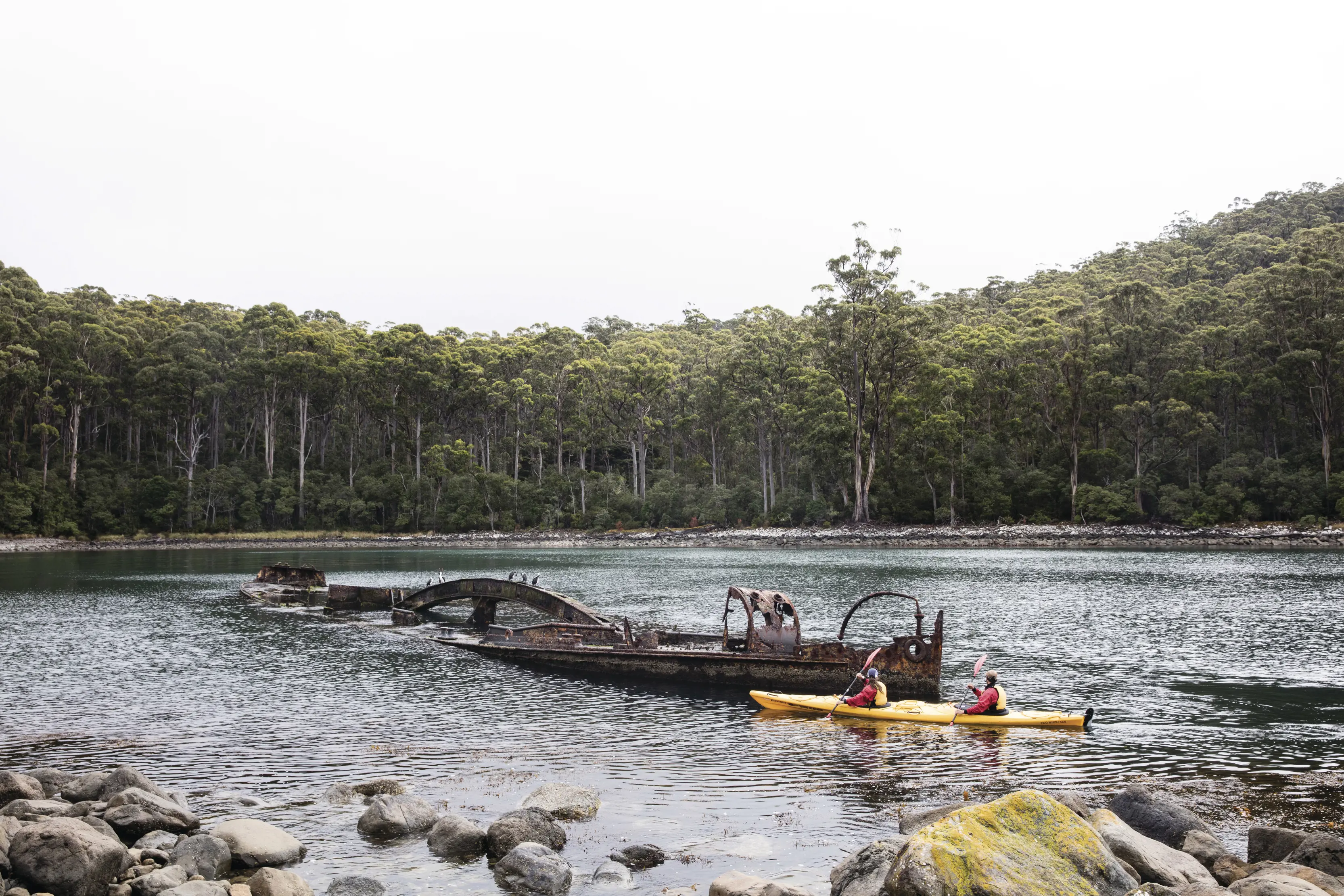
More than 1000 shipwrecks lie around the coast of Tasmania.
It's the tragic consequence of a long seafaring history and the relentless onslaught of the Roaring Forties.
While a few wrecks can be reached by experienced divers and others have never been found, some wrecks and memorials are easily accessible to landlubbers.
King Island is one of the state’s most notorious shipwreck zones. Pick up a Maritime Trail brochure from the visitor centre in the main town of Currie, to see the sites of eight shipwrecks, among some 140 wrecks scattered around the coast. The trail passes the wreck of the British emigrant ship Cataraqui, which smashed on rocks close to shore in 1845, killing 400 people in Australia’s worst peacetime maritime disaster. Only nine people made it ashore. A stone cairn at Fitzmaurice Bay, south of Currie Lighthouse, marks the largest of the victims’ mass graves. The tragedy is also commemorated at the Tasmanian Seafarers’ Memorial at Triabunna on Tasmania’s east coast.
One of Australia’s oldest shipwrecks lies near Preservation Island in the Furneaux Group in Bass Strait. The Sydney Cove sprang a leak during its 1797 journey from Calcutta to Port Jackson via the Southern Ocean. Incredibly, the wreck lay undisturbed until 1977. Excavation unearthed artefacts such as the anchor, Chinese glazed porcelain, Indian pottery and bottles, which are now held by the Queen Victoria Museum and Art Gallery in Launceston.


Some vessels are scuttled and dismantled. An example is the Otago lying near Hobart, famously commanded by Heart of Darkness author Joseph Conrad (he wrote about his time as captain of this “Arabian steed” of a ship in his novella, The Shadow Line). Since 1931, when it was sold to a shipbreaker, the Otago’s hulk has rested on the River Derwent’s eastern shore in Otago Bay, opposite Mona. Although stripped for scrap metal, the boat’s skeletal remains poke out of shallow waters – near the wreck of the steamship Westralian – while its companionway is displayed in the Maritime Museum in Hobart.
Deep in the takayna / Tarkine wilderness area on Tasmania’s west coast is an unlikely spot for a shipwreck. If you’re kayaking or cruising along the Pieman River from the Corinna eco-resort to reach Lovers Falls, detour into Savage River to see the S.S. Croydon, Australia’s furthest inland shipwreck. The steamship took on water when loading timber in 1919 and sank.
The south-east’s most famous wreck is the SS Nord lying 42m underwater in Munro Bight off Turrakana / Tasman Peninsula. Only experienced divers will be able to see the Nord perched upright on the sea floor since 1915. Less experienced divers can head to the Troy D off Maria Island’s coast. It was sunk in 2007 to create a diving reef - divers can swim right through the engine room.
